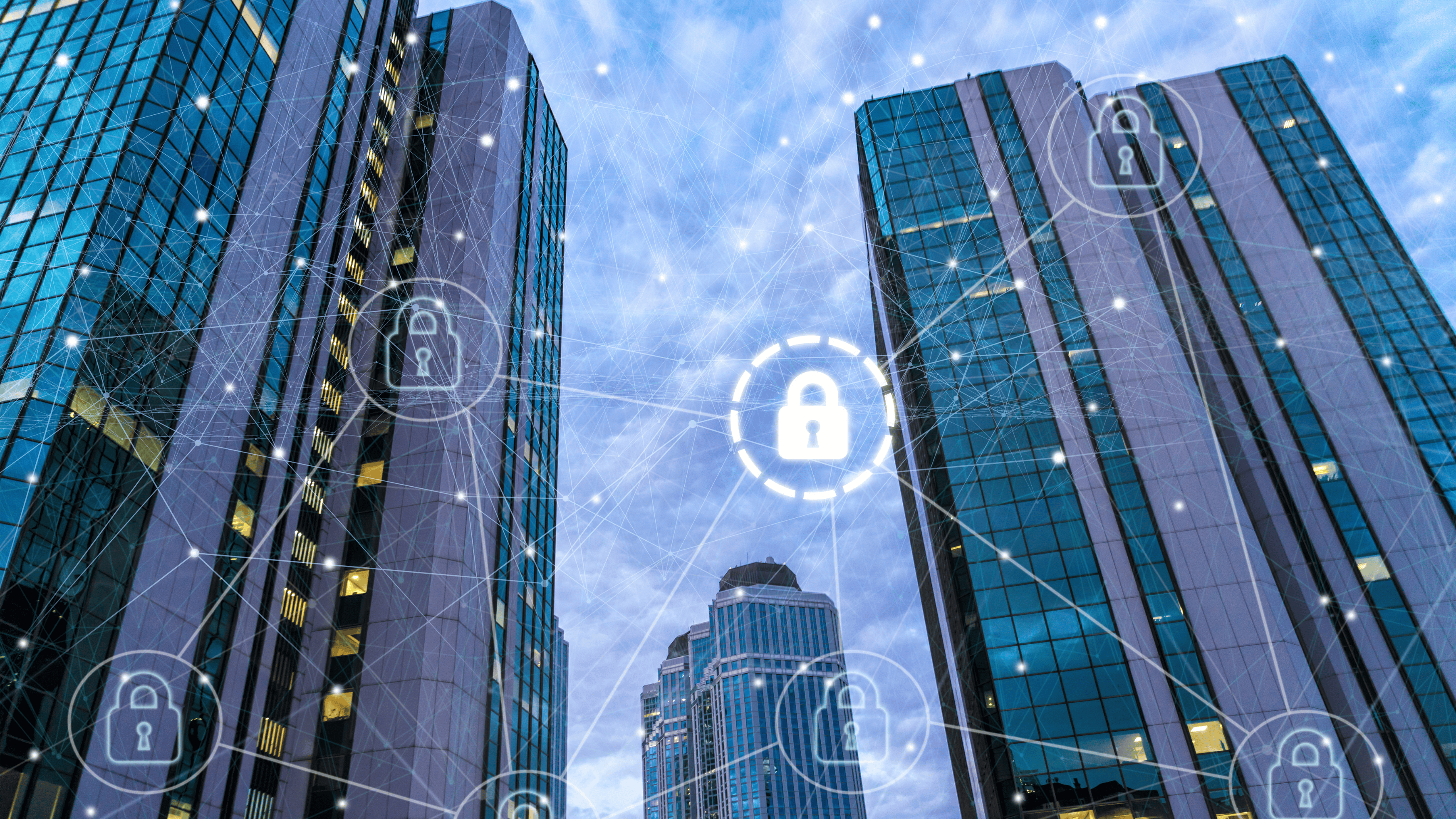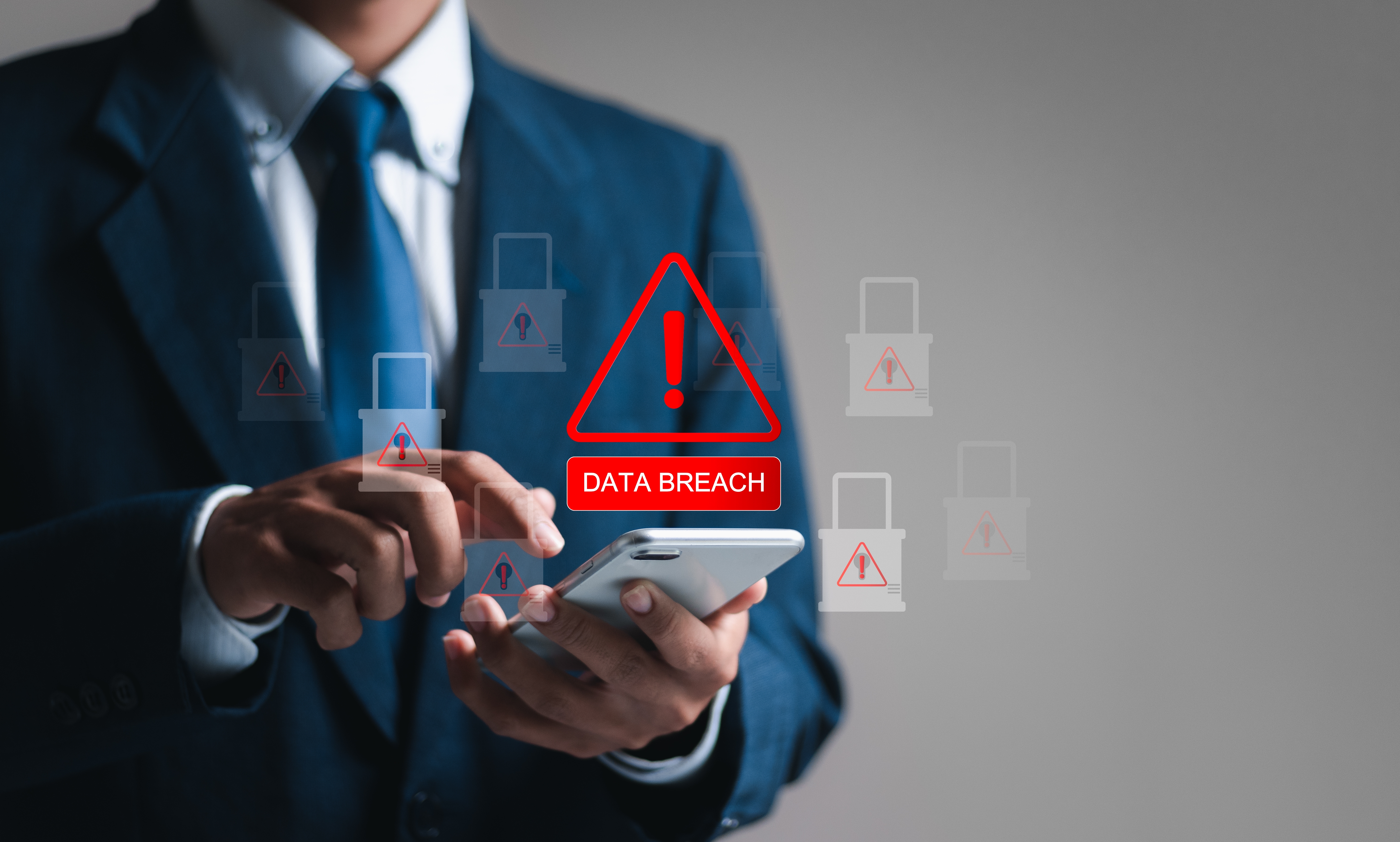Ever feel like every week brings a new kind of cyber threat? That’s because it does. Today, cyber threats evolve as quickly as the technology we rely on. And the damage they can do is growing, too. So, how can you protect your small or mid-sized business? As detailed in the NIST Cybersecurity Framework 2.0, adopting a strong cyber governance strategy effectively manages, responds to, and stays ahead of shifting risks.
The recently updated framework incorporates a new “Govern” function and emphasizes the importance of governance as a central pillar in cybersecurity efforts. The function gives smaller companies a roadmap for integrating continuous monitoring, stakeholder education, and adaptable policies to future-proof their operations. Here’s how these strategies can make a meaningful impact on your organization.
The Role of Governance in Future-Proofing Against Cyberthreats
Governance is more than just setting rules; it’s about creating a sustainable, responsive system that aligns your cybersecurity goals with your business objectives. A well-implemented governance program lays the foundation for continuous oversight and improvement, enabling you to both anticipate and counter cyber threats more effectively.
The NIST CSF 2.0 framework has incorporated the Govern function to emphasize that cybersecurity should be a priority at the executive level and extend responsibility throughout your organization. This gives smaller companies a model for balancing security with agility and taking a proactive stance against cyber risks.
Key Governance Strategies for Cybersecurity
To make the most of the benefits of the Govern function, you’ll want to focus on three primary strategies: continuous monitoring, stakeholder education, and policy adaptability. Let’s take a closer look at each and see how they contribute to future-proofing your business.
1. Continuous Monitoring: Staying Ahead of the Next Threat
Ongoing monitoring involves regularly checking your organization's security situation, identifying potential vulnerabilities, and tracking the effectiveness of your cybersecurity controls. This proactive approach is a core element of the NIST CSF’s governance recommendations because it enables you to spot issues early, which can reduce the impact of a cyberattack.
Of course, tight budgets and limited resources can make continuous monitoring challenging, but there are practical steps you can take to make it happen:
- Automated Tools: Deploy automated monitoring tools to flag unusual activity or potential threats. These tools can alert you of any anomalies, helping to reduce response times and streamline the monitoring process.
- Regular Vulnerability Assessments: Conduct periodic assessments to identify security gaps and ensure that emerging threats are addressed before they can be exploited. These assessments should focus on technology and process vulnerabilities, as attacks often target weaknesses in procedures you may have overlooked.
- Threat Intelligence: Staying informed of the latest cyber threats targeted specifically to smaller companies—such as phishing, ransomware, and insider threats—is essential for adjusting your defenses accordingly. Threat intelligence services or subscriptions to cybersecurity feeds can update your organization on recent attack methods, enabling quicker defensive responses.
2. Stakeholder Education: Nurturing a Culture of Cyber Awareness
Another crucial aspect of governance is educating stakeholders—from front-line employees to C-suite executives—on the importance of cybersecurity and their role in maintaining it. Cyber governance extends beyond the IT department, and by fostering a culture of security awareness across the organization, you can turn every employee into a cybersecurity defender.
Here’s how you can integrate stakeholder education into a governance framework:
- Regular Training Sessions: Quarterly or semi-annual training sessions help employees stay informed about new best practices and emerging threats. These sessions can include practical exercises like phishing simulations to test and improve employee responses to common attacks.
- Tailored Education for Leadership: When executives and decision-makers are well-informed about cybersecurity, they can make more informed decisions. Effective governance emphasizes executive-level responsibility for cybersecurity, and targeted sessions for leaders can cover risk management strategies, incident response plans, and financial implications of cyber threats.
- Clear Communication Channels: Establishing well-defined, accessible reporting channels encourages everyone to speak up if they notice suspicious activity, mistakes, or potential vulnerabilities. This can be as simple as creating an anonymous reporting option or assigning a go-to cybersecurity contact within each department.
3. Adaptable Policies: Responding to an Ever-Changing Cyber Landscape
Effective cyber governance hinges on adaptability. Given that new cyber threats constantly emerge, the “set-it-and-forget-it” approach simply doesn’t work. Instead, companies should review and adapt their cybersecurity policies regularly, aligning with internal changes and shifts in the external threat landscape.
Methods for ensuring your policies stay current and relevant include:
- Frequent Policy Reviews: Set a schedule to revisit cybersecurity policies at least annually, if not more often. Your policy reviews should account for changes in business operations, technology updates, and new regulatory requirements.
- Incident-Driven Updates: Every cyber incident, whether internal or industry-wide, provides an opportunity to learn and improve. After a security incident, assess your policies to identify weaknesses and adjust accordingly.
- Integration with Risk Management: Governance is about alignment, and by tying cybersecurity policies closely with overall risk management strategies, you can create a responsive system that balances cybersecurity needs with business objectives.
How Governance Supports Resilience and Growth
Along with protecting you from threats, effective cyber governance also promotes organizational resilience—the ability not just to survive a cyber incident but to continue thriving in its aftermath. Strong governance structures allow businesses to address vulnerabilities systematically, recover swiftly from disruptions, and avoid setbacks to growth.
Implementing the Govern function of the NIST Cybersecurity Framework 2.0 is a strategic investment that can deliver these long-term benefits:
- Improved Reputation and Trust: As your organization becomes more proactive in cybersecurity, you’ll build trust with customers and partners, who increasingly expect businesses to handle their data securely. A reputation for strong cybersecurity can provide a competitive edge, especially in industries like healthcare and finance, where data protection is critical.
- Better Compliance with Regulations: Governance aligned with NIST’s framework positions you to meet regulatory requirements better. This is especially beneficial as privacy regulations evolve, helping avoid costly fines or legal repercussions.
- Increased Adaptability: When you adopt governance strategies focused on continuous improvement, you’re better prepared to adjust to new technologies, market trends, and regulatory changes. This adaptability is crucial in a world of constant and rapid digital transformation.
Moving Forward with Strong Cyber Governance
The road to comprehensive cyber governance may seem daunting for small and mid-sized businesses. However, incremental steps towards the NIST CSF 2.0’s Govern function can yield substantial rewards.
Governance isn’t just about risk management; it’s about preparing for the future. For small and mid-sized companies willing to take on the challenge, investing in governance today can pay dividends in security, resilience, and confidence as they navigate the evolving cybersecurity landscape.
Join us for our next Cybersecurity Webinar:
.png?width=1000&height=600&name=Govern%20Webinar%20Image%20(8).png)
You're invited to join us on November 21st at 1 PM EST for "Establishing Accountability and Compliance for Long-Term Cybersecurity Success."







